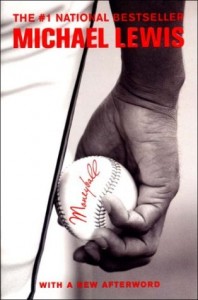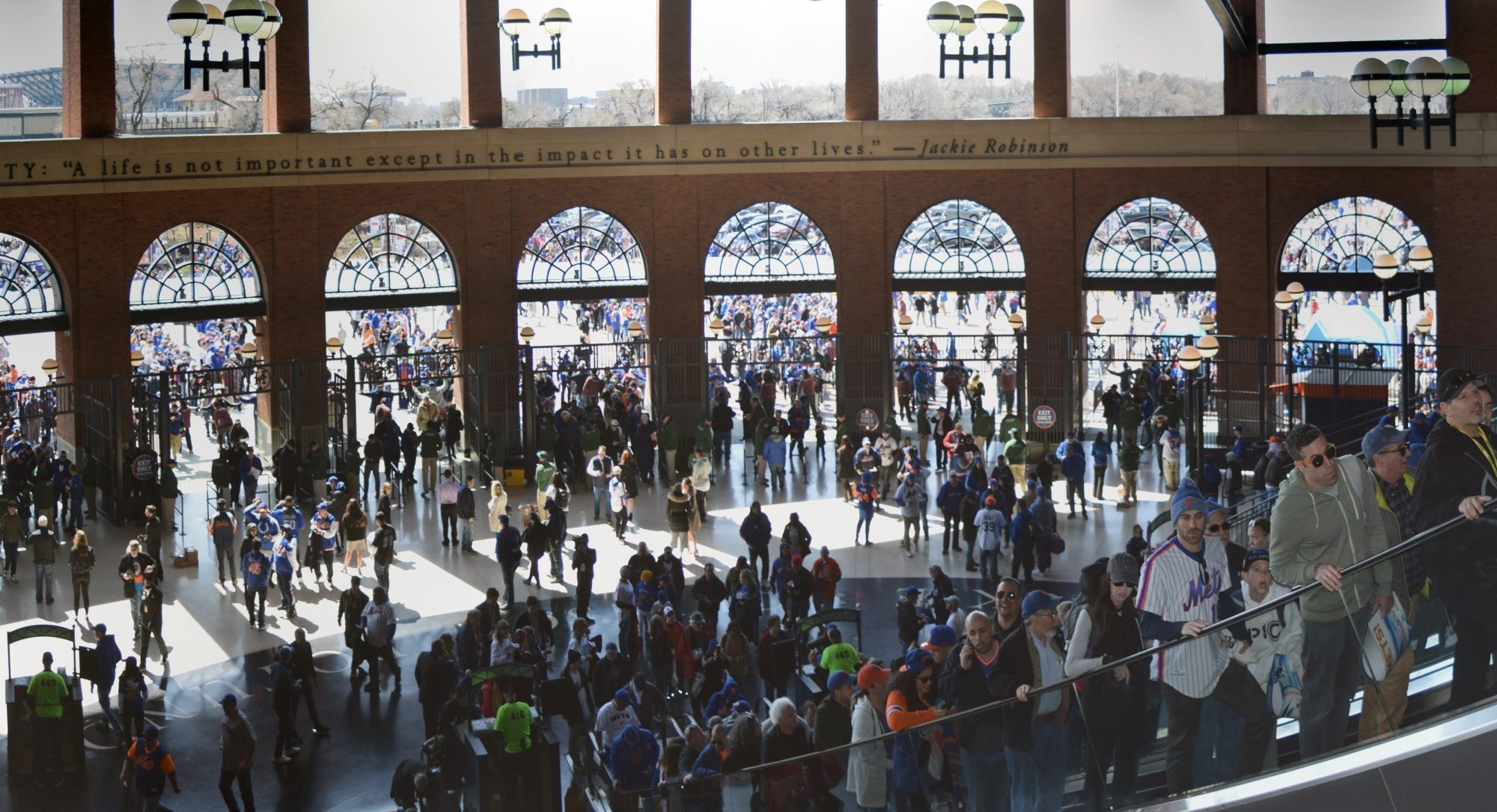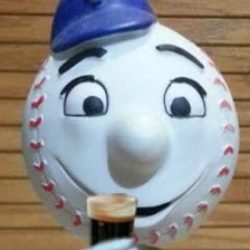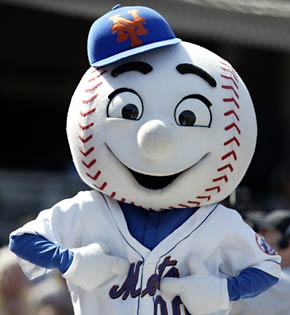 Moneyball was a good read, but it’s not quite the guide to the Mets new front office that many seem to think it is. Sandy Alderson has repeatedly stated that he wouldn’t have taken the job if he was forced to operate the way the Oakland A’s did in the book. Moneyball gets mixed up with Sabermetrics, but it’s only really one story about one team and not really about the statistics we associate with Sabermetrics these days.
Moneyball was a good read, but it’s not quite the guide to the Mets new front office that many seem to think it is. Sandy Alderson has repeatedly stated that he wouldn’t have taken the job if he was forced to operate the way the Oakland A’s did in the book. Moneyball gets mixed up with Sabermetrics, but it’s only really one story about one team and not really about the statistics we associate with Sabermetrics these days.
Moneyball was about the Oakland Athletics, specifically the 2002 team, Billy Beane, and finding players that most other franchises under-valued. It was driven not by some sudden thirst for more knowledge or to understand the game better, but from a desperate need to try to compete with the vastly expanding budgets of baseball’s richest teams. Now the secret is out of the box in regards to the particular secrets Beane and the A’s discovered. Everyone is aware of the value of getting on base and not making out. J.P. Ricciardi, Paul DePodesta and Sandy Alderson are still great thinkers and I have a lot of faith in their ability to lead the Mets but they’re not imparting some secret Moneyball techniques to do so; they’re just smart.
There was other interesting things in the book. One such thing was the idea that you can’t determine a prospects success by saying “He looks like a baseball player.” There is statistical evidence to look at; things like getting on base, or hitting for power. Many scouts still relied on a gut feeling about how a guy looked over the actual data, dismissing it as amateur stuff and having little relevance to the major leagues.
“A young player is not what he looks like, or what me might become, but what he has done.”
One chapter talks about Billy Beane’s failed attempt to become a baseball star. He was a first round draft pick and one of those highly touted prospects. Mostly because he was talented and looked like a ballplayer. Beane couldn’t handle the failure inherent in baseball, couldn’t cope with the mental part of game and eventually ended up in the front office. The signs were there for scouts to see, but they ignored them for the pretty package.
Another example is Chad Bradford. A relief pitcher who threw sidearm was unconventional, and he didn’t seem like a big league player. Despite positive results he didn’t get much appreciation from his teams until the Oakland A’s traded for him.
Another thing to note is that just because someone played the game doesn’t make them an expert on it and the naked eye is a poor tool to evaluate baseball players. What we observe is often limited and we rarely see the whole picture. A talented shortstop adjusts and positions himself to make a hard hit ball into an easy pick up and throw to first, whereas a less talented one may have to race to the ball and making a leaping throw to get the runner. The good shortstop did it easily, and it gets overlooked because no one was paying attention to him until after the ball was hit. This is what’s truly meant by the phrase “He made it look easy.”
The difference between a .300 hitter and a .275 hitter is one hit every two weeks. Even if you watched every pitch, without looking it up you wouldn’t be able to tell that Victor Martinez had one more hit every two weeks than Ryan Theriot.
There is a lot of Bill James and the advance of really thinking about baseball beyond the traditional numbers; The real birth of all the advanced statistics that are recorded and calculated nowadays. Moneyball discusses the roots of these companies that tabulate stats, and the intelligent people that came up with some of the almost common place statistics we use today.
Other sections of the book discuss scouting further. Later on the construction of the roster comes into play, and how Billy Beane is going to replace Jason Giambi’s production in the lineup now that he’s gone. There’s further discussions about specific players on the team and why they’re brought in and what they’re looking at. David Justice was an aging slugger, but the A’s expected his OBP to be something that he wouldn’t lose with age. They didn’t care that he’d hit less home runs, they just wanted him to get on base. They played Scott Hatteberg at first baseball because they felt he had value to the team and they could teach him enough defense to get by. He’d had surgery on his hand and could no longer really throw as a catcher, and the Red Sox didn’t want him anymore, undervaluing his OBP and how many pitches he saw per plate appearance. Some of the book deals with Beane himself. The guy is crazy. Picture the loudest, craziest fan you know. The one that paces during tense moments and breaks things when pitchers give up home runs. That’s Billy Beane.
The book was an interesting read, but it’s still just a story. A lot of interesting philosophies are put forth, but many of them also don’t work out so well for the team. I highly recommend anyone that’s interested in baseball read the book if they haven’t already, (Hey, there’s a movie coming out too!) but it won’t give you any particular insight into the Mets front office or really to any front office. It was a long time ago in baseball years, and even Billy Beane is doing things differently.
One last observation: Much of the misconception of Moneyball is that it’s about walking and then hitting the three-run home run. This isn’t the case at all, and that particular phrase is only popular because it’s how Joe Morgan once described the book on a Sunday Night Baseball broadcast.


